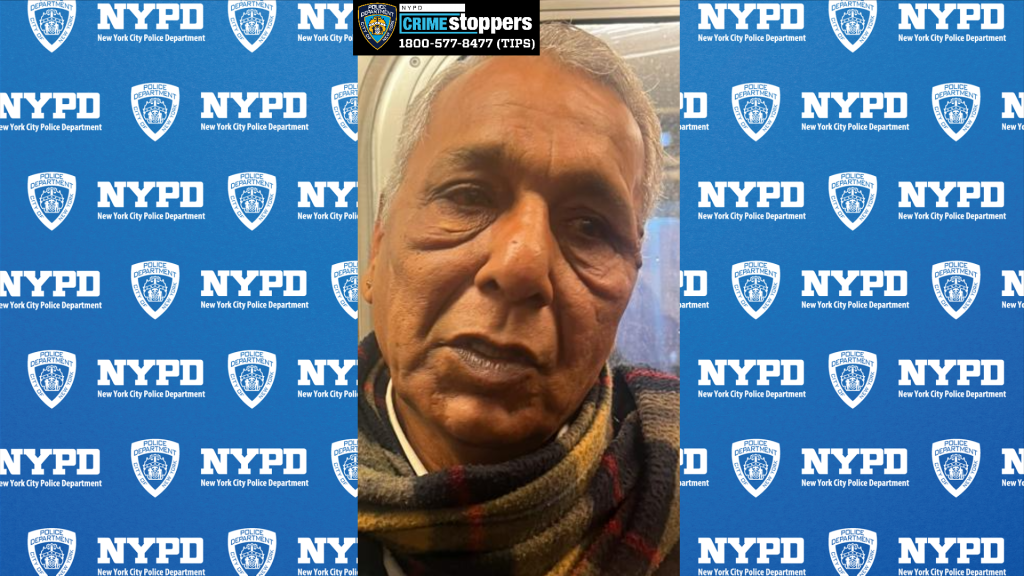By Philip Newman
MTA officials have approved projects to upgrade a number of Queens subway stations, shorten the Canarsie Tunnel under the East River and begin the next phase of the 2nd Avenue subway.
Metropolitan Transportation Authority Interim Executive Director Ronnie Hakim said the votes by the board Monday would “bring convenience and better service to the millions of New Yorkers who use our system every day.”
The board voted to award a $150 million contract for a second group of subway stations in Gov. Andrew Cuomo’s Enhanced Station Initiative to dramatically improve stations citywide.
The stations, all elevated, are located on the Astoria line (N and W) in Queens, including the Broadway, 30th Avenue, 36th Avenue, and 39th Avenue stations.
The improvements include better signs, including digital real time updates on service at station entrances before riders even enter the station. Amenities include countdown clocks, granite floors as well as new art and security cameras.
Under the governor’s plan, the MTA said renovations will also consider “the architectural legacy of each subway station and remain sensitive to historical elements” as they undergo redesign.
“A shorter closure of the Canarsie Tunnel will lessen the impact on the L train riders as we undertake these necessary Sandy storm repairs,” Hakim said.
The board voted to award an expedited contract to speed up by three months the rehabilitation of the Canarsie Tunnel, which carries train passengers under the East River. T Board members also awarded a contract for outreach services for the next phase of the Second Avenue subway, running north to 125th Street. It will include new stations at 106th Street and 116th Streets.
The MTA said Phase One of the Second Avenue subway, which was completed on New Year’s Day, has reduced weekday ridership at four stations on the Lexington Avenue line — 68th Street, 77th Street, 86th Street and 96th Street — by an average of 27 percent on weekdays and as much as 46 percent during peak morning rush hours from 8 a.m. to 9 a.m. It has reduced the trips of many Upper East Side subway riders using the 4, 5 and 6 by 10 minutes or more.



































